#cats pattern
Photo

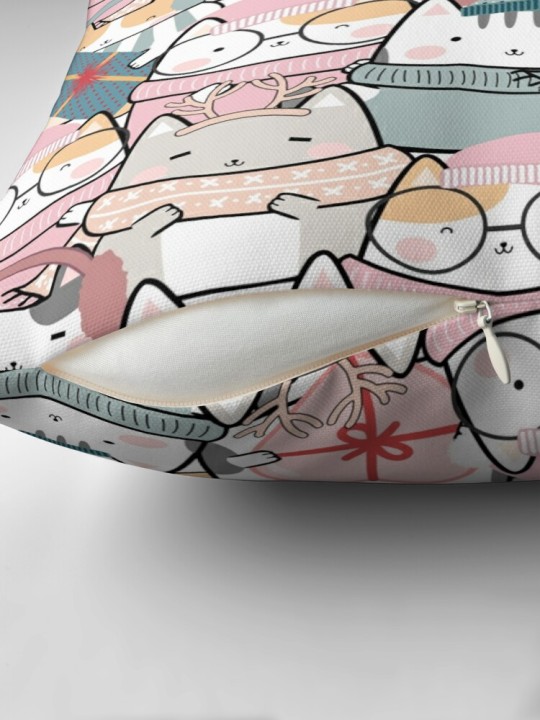
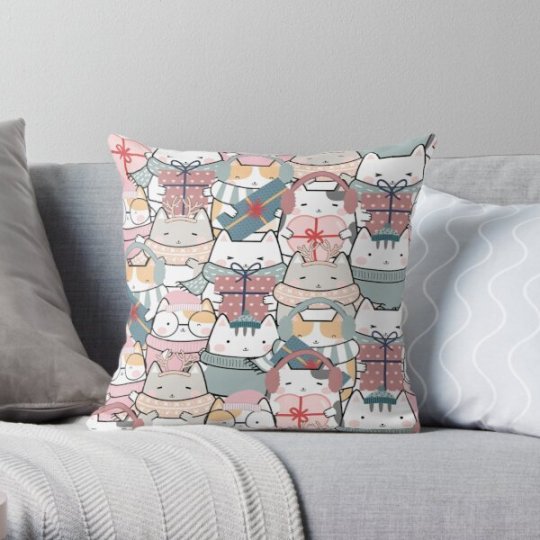
(via Seamless Christmas Cute Cats Pattern Throw Pillow by sweary12)
#findyourthing#redbubble#Seamless Christmas cute cats pattern#cute#christmas#cute cats#cats#cats pattern#seamless pattern#doodle#animal#cartoon#kids#trendy#modern interior#interior design#home design#house design#lounge room#lounge#interior#artwork#home decor#home decoration#throw pillow#floor pillow#interiors
2 notes
·
View notes
Text
I finally got it on video of him STOMPING on his lil fish toy
10K notes
·
View notes
Text



Cat Scarf Pattern // Crochet By Ula
15K notes
·
View notes
Text
Small joys on Tumblr:
When your notes make a perfect cat

#meow#life on tumblr#the two ear peaks were that story I just posted#the head was the ever-popular Heckin Wimdy post#a fine combination#pattern recognition#for spotting predators and also friendly cats
65K notes
·
View notes
Text

Hello friends, I'll be trying my luck here. Here's a lucky black cat to start with!!
->PRINT
#illustration#cat art#black cat#caturday#twitter exodus#cats and plants#floral motif#pattern design#etsy artist#etsy small business#hellocloudyart
22K notes
·
View notes
Text
So.
We went from this for Starclan Cats:
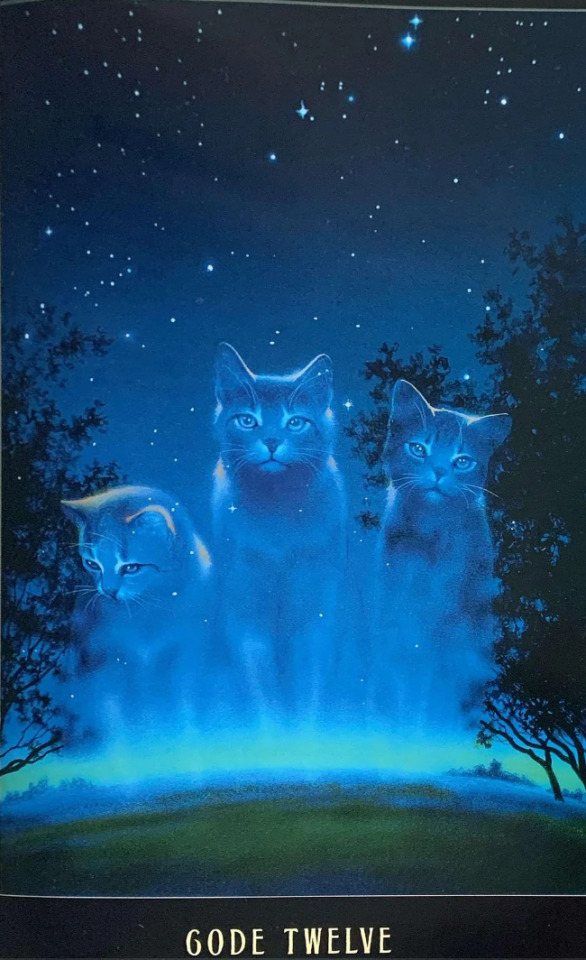
To.
This:

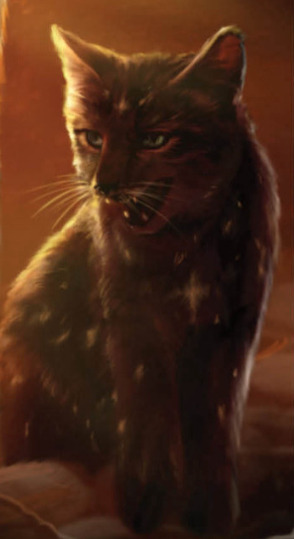
Biggest downgrade of my life.
#warriors#warrior cats#this is almost worse than the disney live action remakes to me#like. i used to stare and study wayne mcloughlin's art in the code of the clans book for ages before moving on to the actual story#it was so good and pretty#richardsons's...#i feel nothing except mild disappointment and concern for his well being from harpercollins#cuz uh.#what kind of time crunch does the wc team/divisionshave him /on/?????#like. the star patterns for reedwhisker are....okay and look like stars#but mistystar..... she looks like she got dunked in the lake first#or like she could be mistaken for ferncloud...cuz man....those are absolutely 100% not stars on her pelt#props to reedshisker for being the first cat in ??? book covers for having a different expression (even if it's a lil wonky) though#star's cover gets one point#a starless clan
1K notes
·
View notes
Text
if you like crafting and also free things, might i suggest the antique pattern library?
it’s a not for profit that’s gathering books, patterns, and other materials related to crafting that are out of copyright (or getting permission from copyright holders in some cases) in order to share them online. they scan items, clean them up, then make everything available for free!
free things are great, especially when you’re just starting to get into something. like oh, i’m supposed to spend money on this hobby i just picked up 20 minutes ago???
the first time i ended up on the site, i seriously spent hours just trawling through everything. there’s the usual suspects like knitting, crochet, embroidery, but there’s also woodwork, calligraphy, and books on things like how to mount and frame pictures. with cross stitch patterns, they also make modern charts with the dmc colour codes available.
links to their webbed site and instagram:
https://www.antiquepatternlibrary.org/
https://www.instagram.com/theantiquepatternlibrary/
behold, a glorious cat cross stitch pattern (link goes to antique pattern library page):

[image id: Multicolour charted cross stitch design of a cat sitting on a red pillow with tassels, holding a green ball]
#mine#antique pattern library#crafting#crafts#resources#free books#!!!!!!#cats#cat cross stitch#cross stitch
23K notes
·
View notes
Text
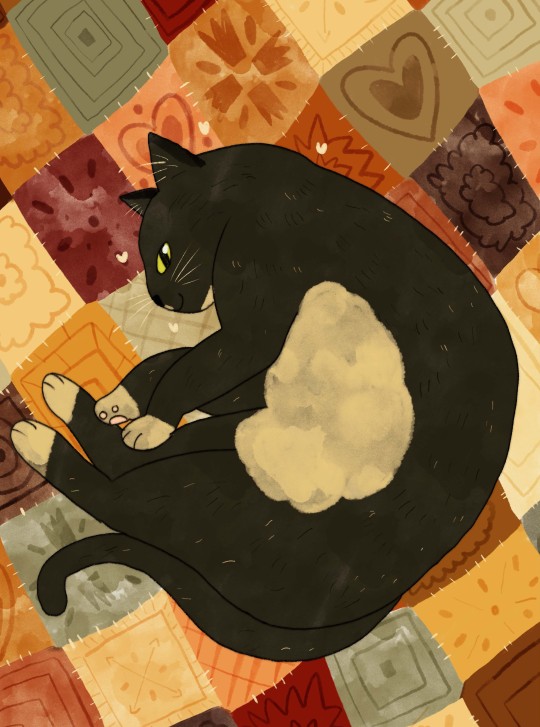
there he is......the man of the house
#mine#ough hello not posted in a while!!#im busy doin portfolio stuff so . not much cat drawinign going on THO i will. hopefully do one tomorrow hehe#i was gna get stickers for my next shop update but its hurting me head so. gna order new prints hopefully!! this week and then#do stickers n postcards next time. i am so low on stock sihfdkggwe#need 2 buy envelopes also....my least favourite thing 2 spend money on#what hve i been up to ....i made a blanket!! maybe i will post picture. it was gna b a cardigan i started it like last year#n then i went 2 sew it together n was like. this pattern is insane also this wool is too thick so. blanky :)#its very good. good lap blanket!!#what else what else....been re reading lotr. im reading it on ebook i lov ebook sm. i love printed books but i jus absolutely cannot#read them. dyslexia gang rise up !!!!#im reading it so much quicker tho n also actually remembering it ....would die for gimli#also started rewatching cr2 >:) i dont . actually like th new campaign so KSDFKJDN rewatch it is#even tho i dont like molly. not that thats gna b an issue for long sifubshbhebwj#im so seepy...so cold.....gna rest now probably n play skyrim hehe#cat drawings tomorrow >:)#okay bye
4K notes
·
View notes
Text

they named it izutsumi
(ID in alt text)
#dungeon meshi#delicious in dungeon#izutsumi#marcille donato#falin touden#farcille#doodles#mine#when ryoko kui drew modern au farcille as the owners of catzutsumi do you think the domestic lesbianism subtext was on purpose#personally it drives me crazy <3#the cat is meant to have izu's patterns but i liked it better without the grayscale so pls visualize it for me#yeah i had to sit like that for reference. yeah i frankensteined pictures of my cats from my camera roll for those cats. all in a day's wor
668 notes
·
View notes
Photo
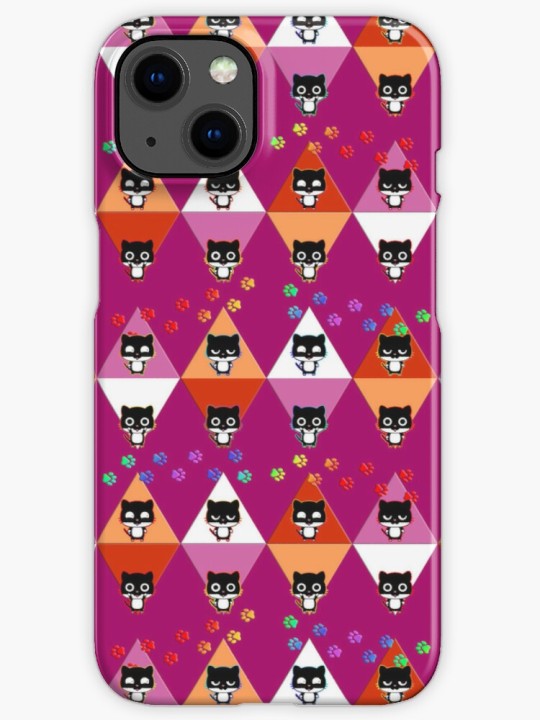


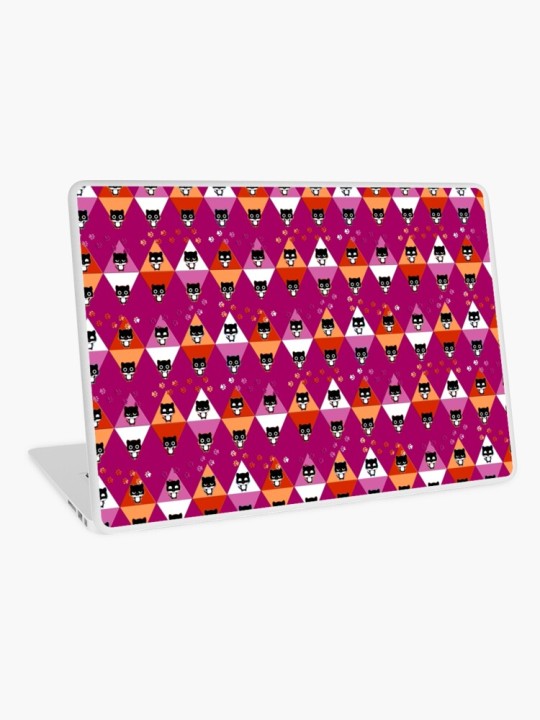






The cute pattern of cats in the lesbian pride flag - 2 versions (paws in the same flag colors or rainbow)
already done: the ace one
find lgbtqia+ collection in the source!
#my designs#lesbian pride#lesbian pride flag#lesbian flag#lesbian pride merch#wlw flag#wlw pride#lgbtqia+ cats#lgbt cats#lgbt pride#lgbtqia+ flag#cats pattern#lesbian mugs#lesbian bags#lgbt pride flags#lgbt colors#lgbtqia+ pride flags#lgbt merch
1 note
·
View note
Text

alright who the FUCK spilt all these cheetos on my bed
#i can't believe i caught the whole litter in one big cuddle pile i love them so much#if anyone wants kitten lore from top to bottom there's#Sunny who's the more swirly patterned one#then juice above him#the lighter colored one being absolutely smooshed is my runt mimosa#then theres Crush and Cactus and Fanta all at the top#cats#kittens#orange cats#foster kittens#cats of tumblr#im love them#yes they're all named after orange drinks
2K notes
·
View notes
Text
Shes eek-eeking at the post above
2K notes
·
View notes
Text

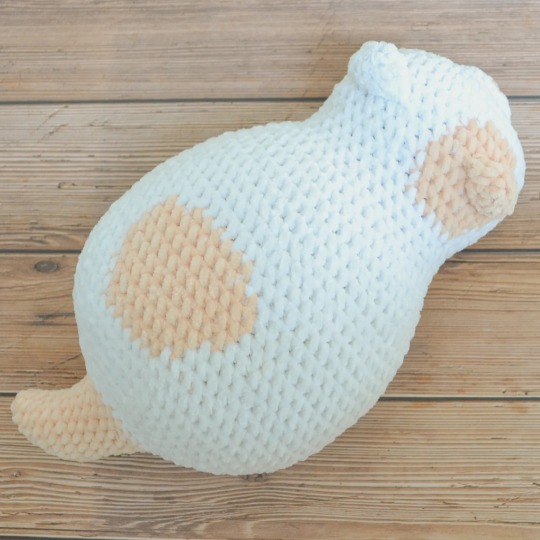
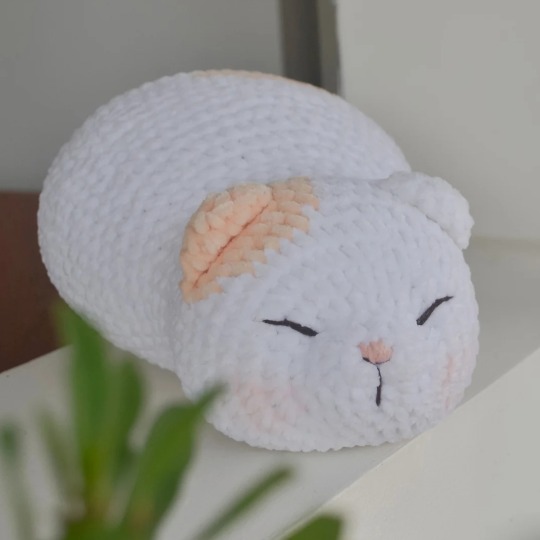
Crochet Cat Pattern // TIMMagic on Etsy
8K notes
·
View notes
Text

[Image Source]
Bengal Cat Coats Are Less Wild Than They Look, Genetic Study Finds [Stanford Medicine]
Bengal cats are prized for their appearance; the exotically marbled and spotted coats of these domestic pets make them look like small, sleek jungle cats. But the origin of those coats — assumed to come from the genes of Asian leopard cats that were bred with house cats — turns out to be less exotic.
Stanford Medicine researchers, in collaboration with Bengal cat breeders, have discovered that the Bengal cats’ iridescent sheen and leopard-like patterns can be traced to domestic cat genes that were aggressively selected for after the cats were bred with wild cats.
“Most of the DNA changes that underlie the unique appearance of the Bengal cat breed have always been present in domestic cats,” said Gregory Barsh, MD, PhD, an emeritus professor of genetics. “It was really the power of breeding that brought them out.”
For a study published online March 25 in Current Biology, Barsh and his colleagues analyzed genes collected from nearly 1,000 Bengal cats over the course of 15 years. Barsh is the senior author of the paper, and senior scientist Christopher Kaelin, PhD, is the lead author.
The results shed light not only on the Bengal cat’s coat but also help answer broader questions about how appearance is encoded in genetics and how different genes work together to yield colors, patterns and physical features.
Wild Origins
Barsh and his colleagues, including Kaelin, use cats and other animals to study the genetics of physical features. In previous studies, they identified genes responsible for the color coat variation in tabby cats and for the unique markings on the Abyssinian cat.
“The big-picture question is how genetic variation leads to variation in appearance,” Barsh said.
“This is a question that has all kinds of implications for different species, but we think that cats offer an especially tractable way to study it.”
From the 1960s through the 1980s, breeders, led by biologist Jean Mills, crossed the wild Asian leopard cat species Prionailurus bengalensis with domestic cats to create a new, visually striking cat breed. Over many generations, the cats with the desired physical characteristics and temperaments were progressively selected and bred. By 1986, the Bengal cat was recognized as its own new breed by the International Cat Association.
Barsh and Kaelin saw Bengals — with their recent genetic origin and unique appearance — as a particularly interesting way to study how genetic variation causes diversity in form, color and pattern. In 2008, they began reaching out to cat breeders, attending cat shows, and collecting cheek swabs and photographs of Bengal cats.
Genetic Surprises
The Stanford Medicine team suspected that Bengal cats might give them an accessible way to probe the genetics of wild cat colors and patterns that had evolved naturally. But after sequencing 947 Bengal cat genomes, they found something surprising: There were no parts of the wild Asian leopard cat genomes that were found in all Bengal cats.
“Nearly every Bengal cat breeder and owner has this idea that the distinctive look of the domestic Bengal cat must have come from leopard cats,” Barsh said. “Our work suggests that’s not the case.”
Instead, the genetic signatures suggested that the unique appearance of Bengals was a result of variations in genes that had already been present in domestic cats.
The team found something similar when they looked specifically at “glitter”: About 60% of all Bengal cats have particularly soft, iridescent fur that glitters like gold in the sunlight. A mutation in the gene Fgfr2, they showed, is responsible for glitter and comes not from leopard cats but from domestic cats. Glitter and the underlying Fgfr2 mutation are nearly specific to Bengal cats. Interestingly, the mutation reduces the activity of the protein encoded by Fgfr2, rather than rendering it inactive as many mutations do. This sheds light on how variations in genes can cause subtle changes in appearance, the researchers said.
Finally, Barsh and Kaelin’s group analyzed the genetics of “charcoal” Bengals, a rare subset of the breed with darker coloring. They uncovered a leopard cat gene linked to the charcoal color, but only when it was combined with domestic cat genome. The leopard cat gene, known as Asip, essentially doesn’t work as well when it’s mixed with the domestic genes — a phenomenon known as genomic incompatibility. So, in leopard cats, Asip doesn’t cause charcoal coloring, but the same gene in domestic cats does.
“Hybridization between different species can happen naturally and is responsible for the small amount of Neandertal DNA found in many human genomes," Barsh explained. “But the wild leopard cat and the domestic cat are more different from each other than humans are from chimpanzees, and it’s remarkable to see how DNA from these distantly related species can exist and work together in a popular companion animal.”
A Boost for Biology and Breeders
A better understanding of the genetic origins of Bengal cat traits is already helping Bengal breeders fine-tune the way they breed animals to create new colors and patterns. Over the past 15 years, Barsh and Kaelin have worked closely with Bengal cat organizations and given talks at cat shows. They often return ancestry and genetic data to owners to help guide their breeding.
“Breeders are extremely interested in our data,” Kaelin said. “They not only want to contribute their cats’ DNA but they also want to be involved and help analyze data and hear about our results. It’s been a great collaboration and a true example of citizen science.”
The researchers say there are lessons to be learned in just how powerful artificial selection can be, as the Bengal cat coats could probably have been selected for without the help of the Asian leopard cat.
“People have this idea that we have to get access to these distantly related animals to breed beautiful individuals and designer animals,” Barsh said. “But it turns out all the diversity was already there waiting in the domestic cat genome.”
[Read Article @ Source]
#cat breeds#cat genetics#genetics news#bengal#so can we stop breeding F1/2G/3G cats now?#proof that the wild blood you’re adding doesn’t improve or maintain the pattern
404 notes
·
View notes
Text
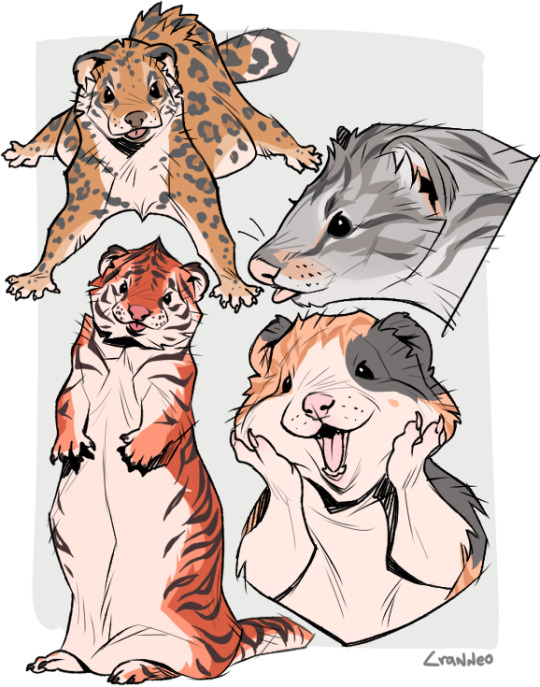
Ferret Cats!
6K notes
·
View notes
Text
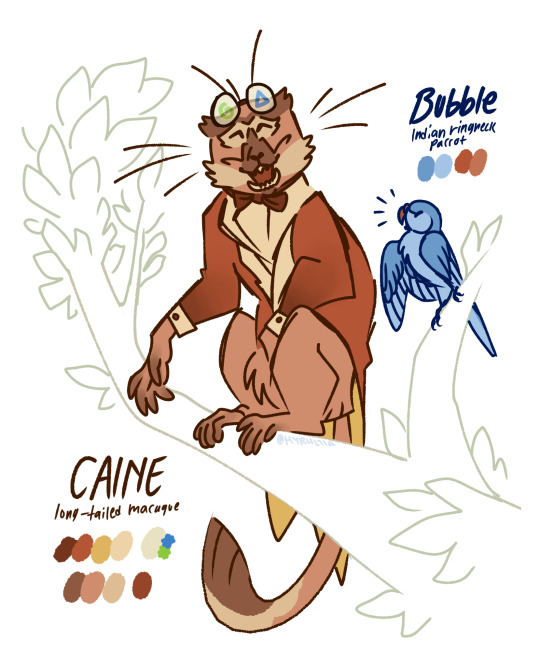
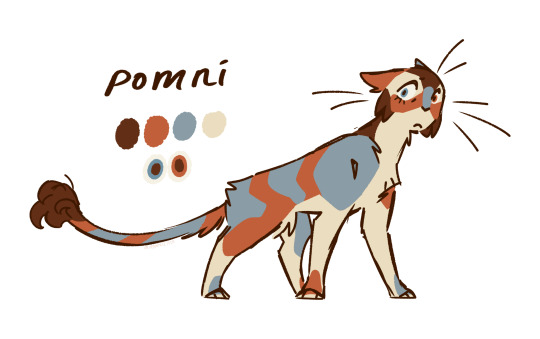

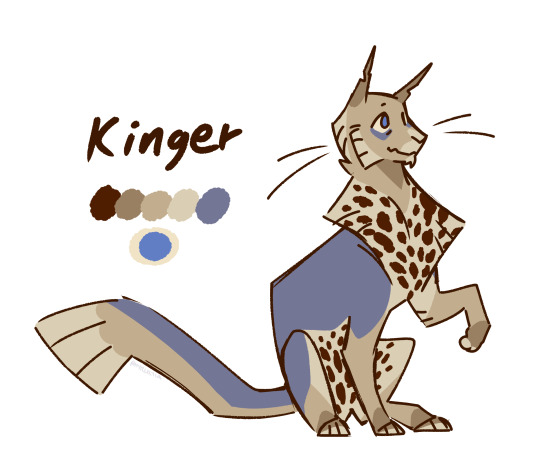
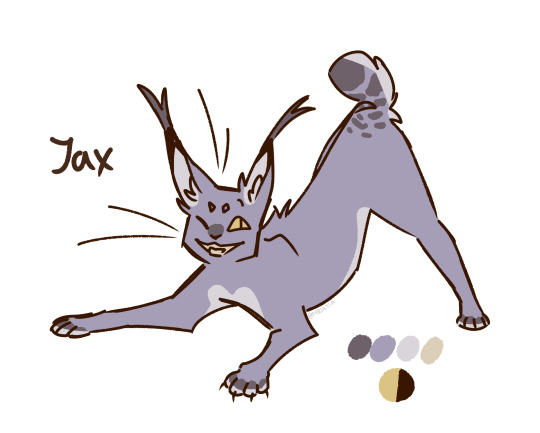

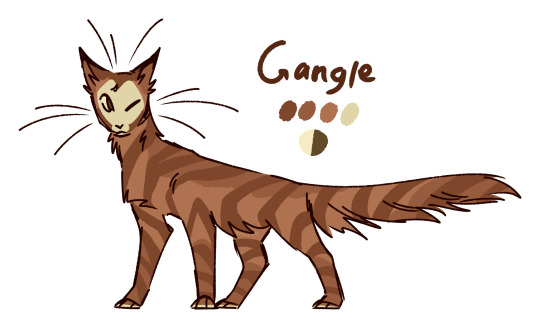
kitty colony au anybody?
#dont mind me just channeling my inner warrior cats fan#i tried so hard to make the patterning and colors realistic but still recognizable . btw#im not really a genetics nerd but i try Sometimes#yes ragatha and jax are siblings#half siblings to be exact (jax's father is a lynx while ragatha's is not)#first time ive ever drawn a monkey too! truly a learning experience#anyway i wouldnt nessesarily call this warrior cats? but it can be in the same universe. maybe#i wont tag it as warrior cats since they dont live by the same ideals obviously#theyr just kitties :3#and yes caine is a runaway circus monkey. howd you guess#i like to think im smart#the amazing digital circus#tadc au#tadc pomni#tadc ragatha#tadc jax#tadc gangle#tadc caine#tadc bubble#tadc zooble#tadc kinger#the gangs all here :3#theres no rime or reason for this au to exist i just wanted to take a stab at drawing them all as cats#so take this how you will#tadc colony of cats au
640 notes
·
View notes